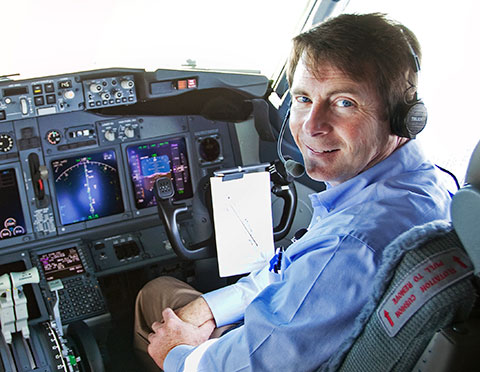Cessna's Conquest of the turboprop market
The workmanlike turboprop gets the job done

AOPA owned a Cessna Conquest for some 20 years starting in the early 1980s. It was the first turbine airplane I ever flew. Over the years, I was always amazed at how it soldiered on, day after day, mission after mission, with rarely a squawk or hiccup. Even today, I continue to be surprised at just how reliable turboprops can be. As with the Conquest, their systems are robust and reliable.
February 2012
Turbine Pilot Contents
- Cessna's Conquest of the Turboprop Market: The workmanlike turboprop gets the job done
- Gentleman's Choice: Cessna Conquest I Tried-and-true Conquest I makes a perfect turbine-powered airplane for family and small business
- Fueling Traps Proper fueling is the crew's responsibility
- Iced Up and Fast Landing speeds and distances in light jets can increase dramatically when the wing is contaminated
- Logbook Entry: Commentary What buyers want
Fly the Conquest once and you’ll recognize it as a Cessna product—not the fastest or most glamorous in the air, but great handling, a comfortable ride, and good performance. And, as longtime contributor and airline pilot Pete Bedell relates in “Gentleman’s Choice: Cessna Conquest I”, the Conquest continues delivering that same sort of value some 25 years after the model went out of production.
Like many other turboprops, the Conquest uses pneumatic deicing boots to protect the flying surfaces. In “Mentoring Matters: Iced Up and Fast” on page T–14, author Neil Singer reminds us that the performance penalties for using boots can be significant. And especially in light jets and turboprops, pilots need to understand what boots can—and can’t—do in various icing situations.
When it comes to fueling turbine airplanes, many pilots just place the fuel order and walk away. Good practice? Probably not. In “Fueling Traps” on page T–13, experienced jet pilot Cyrus Sigari shares a couple of fiascos that highlight why fueling shouldn’t be taken lightly.
Finally, longtime aircraft manufacturing and sales executive Randy Groom gives us some perspective on what it is that customers want from their airplanes. In “Logbook Entry: What the Buyers Want” on page T–16, he relates how the emergence of new types of airplanes has dramatically changed the options available to buyers in the twenty-first century.
If you’re someone who has recently made the transition from pistons to turbines or likes to think such a transition might be in your future, read on. These special edition pages are for you.
Only a small subset of the AOPA membership gets this special Turbine Edition—those whom we believe have an interest in reading about higher-end aircraft. In this monthly special edition you get all of the content in the standard editions, plus these extra pages. If you would rather not receive this edition, just let us know at: [email protected]. We’re happy to switch you back to the standard edition.
I hope you learn some new advanced flying techniques and a little about turbine operations in these pages. Let us know what you think at [email protected]. —Tom Haines, Editor in Chief



